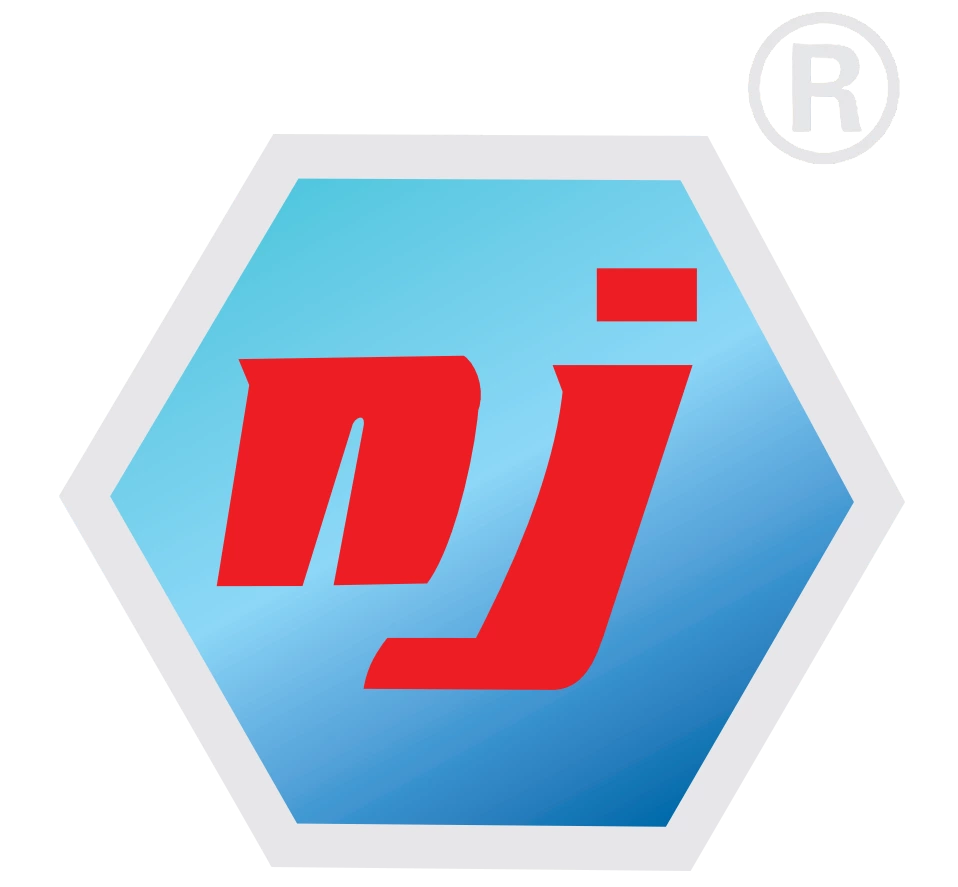We specialize in SAE/BSP/METRIC hydraulic adapters and fittings.
Welcome to our 'News' column, your gateway to staying connected with the pulse of our company. Here, we keep you up-to-date with the latest happenings at NJ. Discover our recent accomplishments, the exciting collaborations on new projects, client visits, upcoming exhibitions to mark on your calendar, and the most relevant industry news.
Delve into our world as we’ll show our main products, such as steel adapters and fittings, sae adapters and fittings, bsp adapter fittings, metric adapter fittings, metal hose adapter, reusable hydraulic hose ends, sae flange hose fittings, stainless fittings, stainless steel hose adapter, fitting caps, fitting plugs, barb fitting, npt hose fittings, o ring seal fittings and ect. Learn about the best practices for product maintenance and upkeep, ensuring the longevity and optimal performance of your investments.
Customer satisfaction is our driving force, and we’ll also show authentic feedbacks from our clients. Explore how we do our best to assist our customers in resolving after sales problems, ensuring a seamless experience.
Furthermore, our 'News' column serves as your resource hub for technical knowledge surrounding hydraulic fittings. Dive into informative articles that shed light on the intricacies and advancements within this dynamic field.
With our 'News' column, you gain a comprehensive view of our company's journey, our innovative products, and the trend & news of hydraulic fittings industry. Join us on this informative journey and empower yourself with the latest insights.
Ignoring a faulty hydraulic hose can result in costly repairs or downtime.
Contact person: Ting He





